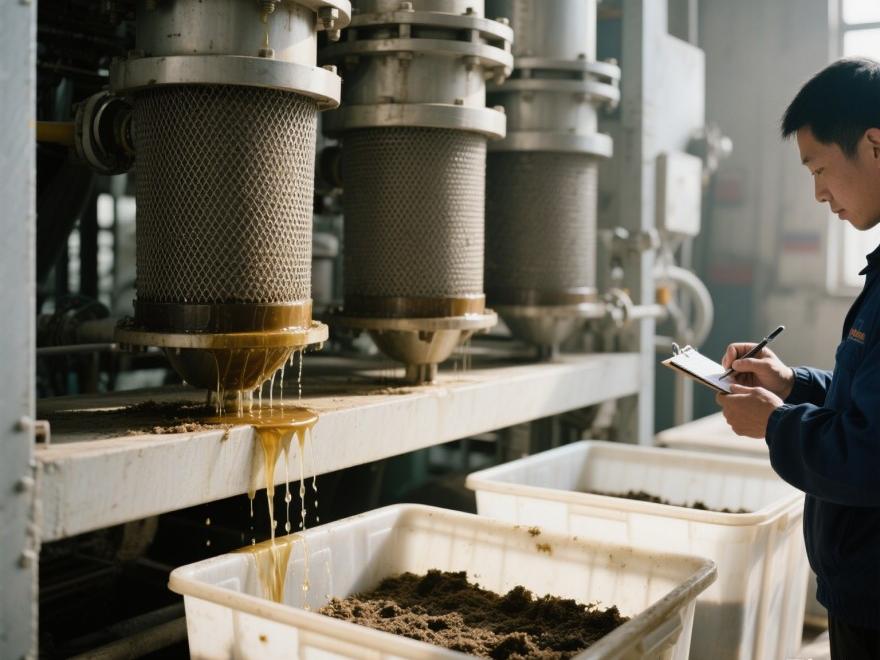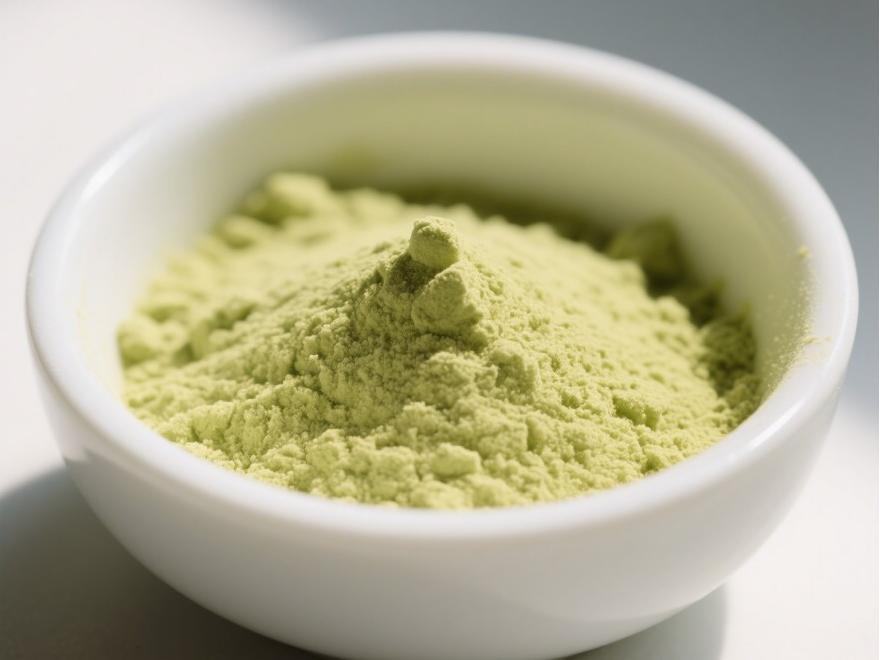95% Rutin: Premium Quality Assured by Green Spring's Optimized Process
Rutin (also known as Vitamin P, rutin glycoside, etc.) is a natural flavonoid compound. Since its first isolation from rue in 1842, it has garnered significant attention due to its extensive physiological activities and practical applications. It appears as pale yellow crystals or powder, exhibits chemical stability, and demonstrates excellent solubility in alkaline solutions, methanol, and hot water.
As the primary natural source of rutin, Sophora japonica L. (Japanese pagoda tree) has a long history of medicinal use and extraction in China. Leveraging Sophora japonica L. raw materials, Green Spring Technology has successfully developed a new-generation rutin extraction process through process innovation and technological upgrades. This process achieves a stable product purity exceeding 95%, with excellent performance in solubility, color, and stability, meeting the demands of various high-end applications.
In recent years, rutin extraction processes from Sophora japonica L. have been continuously optimized, with various methods offering distinct advantages in enhancing extraction efficiency and product purity. Building upon existing research, Green Spring Technology conducted systematic comparisons and technological innovations on mainstream extraction processes, successfully developing a new-generation rutin extraction method. This approach achieves extraction purity >95% while significantly improving production economics and environmental sustainability. The primary extraction methods are summarized below:
1. Alkaline Extraction-Acid Precipitation Method
This method dissolves rutin in an alkaline solvent, followed by crystal precipitation under acidic conditions. It offers simple operation, low pollution, and low cost, making it suitable for large-scale production. Research indicates that by optimizing parameters such as alkaline solution pH, solid-liquid ratio, temperature, and time, product purity can reach 98.1%, making it one of the most widely used industrial methods today.
2. Reflux Extraction Method
Using ethanol as a solvent in a water bath reflux process yields high extraction rates and low impurity levels. However, its high solvent consumption and cost limit industrial application. Under optimized conditions, purity can reach 89.82%.
3. Ultrasonic Extraction Method
Utilizes ultrasonic cavitation and mechanical effects to accelerate target component release. Offers high extraction efficiency, energy savings, and time reduction. Achieves high purity under laboratory conditions but remains primarily experimental-scale, not yet widely adopted industrially.

4. Microwave-Assisted Extraction Method
Employs rapid microwave penetration heating to disrupt cell structures and enhance extraction rates. Features high efficiency, speed, and excellent selectivity. Currently confined mainly to laboratory research.
5. Supercritical Fluid Extraction
Utilizing supercritical CO₂ as a solvent, this method is environmentally friendly and pollution-free, particularly suitable for non-polar small molecules. For polar macromolecules like rutin, co-solvents must be added, resulting in higher equipment and operational costs.
Based on a systematic evaluation of various extraction processes, Green Spring Technology has integrated multiple technical advantages to overcome the technical challenge of achieving both high purity and low cost. This has led to the development of a new generation of rutin extraction technology.
This process achieves a purity level exceeding 95% while significantly reducing overall costs. It features high efficiency, stability, and environmental friendliness, making it suitable for large-scale industrial production. This provides a new solution for advancing technological upgrades in the plant extraction industry.
Green Spring Technology's next-generation rutin extraction process successfully breaks through industry bottlenecks, providing you with high-quality rutin raw materials featuring stable purity >95%. Our product effectively avoids common issues in traditional processes such as hydrolytic impurities, organic solvent residues, and oxidative deterioration. It offers high batch-to-batch consistency, facilitates subsequent processing applications, and significantly enhances the quality and market competitiveness of your end products.
Choosing Green Spring Technology means gaining:
· Purer Raw Materials: Ultra-high purity rutin with zero residues and minimal impurities
· More Stable Supply: Mature processes support large-scale production, ensuring long-term reliable delivery
· Lower Overall Costs: Efficient extraction technology delivers competitive, comprehensive cost advantages
Contact us today at helen@greenspringbio.com or WhatsApp: +86 13649243917! Green Spring Technology is committed to providing premium, reliable rutin powder and customized solutions powered by our core technology!
参照
[1] HABTEMARIAM S. Rutin as a natural therapy for Alzheimer's disease: insights into its mechanisms of action [J]. Current Medicinal Chemistry, 2016, 23(9): 860-873.
[2] Jiang Baohong, Su Huande, Xu Feng, et al. The preventive and therapeutic effects of rutin on diabetic nephropathy [J]. Heilongjiang Medicine, 2005, 29(12): 899-901.
[3] Zhu Jianlin, Huang Yiming.The effect of rutin on lipid peroxidation in castrated rats [J]. Practical Preventive Medicine, 2002, 9(6): 628-629.
[4] Wang Yanfang, Wang Xinhua, Zhu Yutong, et al. Experimental study on the inhibitory effect of rutin on influenza A virus [J]. Journal of Traditional Chinese Medicine, 2005, 23(5): 827.
[5] Tian Jie, Song Shaogang, Chen Zhiwu, et al. Protective effects of rutin on experimental acute pancreatitis and its relationship with antioxidant activity [J]. Chinese Journal of Clinical Pharmacology and Therapeutics, 2004, 9(4): 455-458.
[6] Liu Lin, Cheng Wei. New advances in the chemical constituents and modern pharmacological research of Sophora japonica [J]. Chinese Medicine Information, 2019, 36(4): 125-128.
[7] Zhang Weiyun, Wang Lirong, Xu Changjiang, et al. Study on the hypoglycemic activity of Sophora japonica flower extract [J]. Shanghai Journal of Traditional Chinese Medicine, 2017, 51(5): 93-97.
[8] Hu Xilan, Jiang Qin, Yin Fuju, et al. Orthogonal experiment for optimizing the optimal extraction process and antibacterial activity of Sophora japonica polysaccharides [J].Food Science and Technology, 2012, 37(4): 164-167.
[9] Li Zhuoyue, Feng Yuxiang, Zhang Hongying, et al. Study on the antioxidant and immune-enhancing effects of active polysaccharides from Sophora japonica flowers [J]. Shandong Journal of Animal Husbandry and Veterinary Medicine, 2018, 39(6): 1-3.
-
Prev
Unlocking the Applications of Natural API Rutin in Pharmaceutical and Health Products
-
次
Study on Plant Melatonin


 英語
英語 フランス
フランス スペイン
スペイン ロシア
ロシア 韓国
韓国 日本
日本




